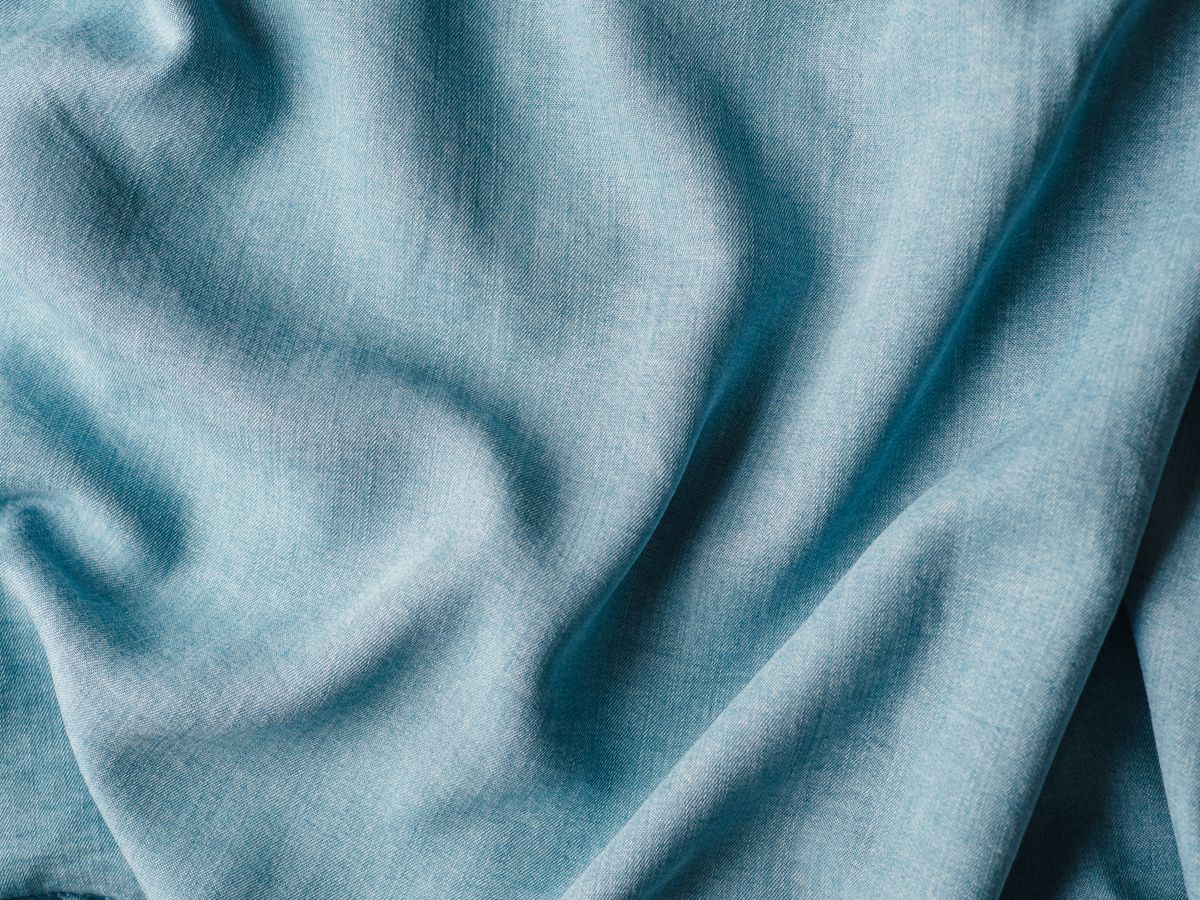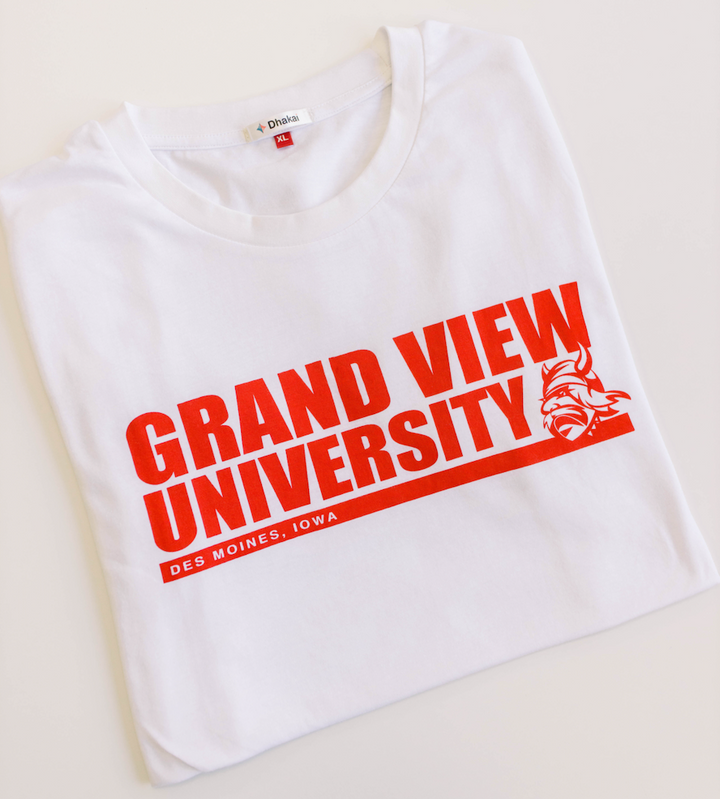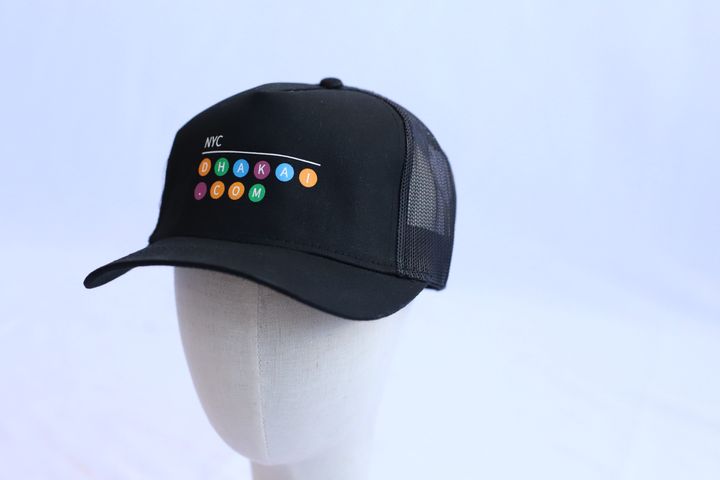Tencel: A Quick Overview
What is the difference between lyocell and Tencel? Is Tencel really sustainable? What are the drawbacks? Learn all about the innovative fabric in this quick overview.

Innovative textiles are on the rise, one of the most impressive being Tencel. Tencel is a soft, breathable and wrinkle-resistant fabric that's becoming popular with both mainstream and sustainable fashion brands for its versatility and low environmental impact. In addition, the material offers many of the benefits that synthetic fibers like polyester, lycra and nylon do - but without the plastic.
The Difference Between Lyocell and Tencel
Tencel is often referred to as lyocell, but there is a slight difference between the two. The term lyocell is used to describe the fabric composition, while Tencel is the brand name for a type of sustainably sourced lyocell. While both names refer to the same kind of fabrication, one is branded while the other is generic.
The fabrics are essentially the same, but the natural materials used to create the fabrics differ. According to Lyocell, both materials use wood fiber-based cellulose, but lyocell is derived from bamboo pulp while Tencel is made from the wood pulp of fast-growing trees like eucalyptus. After collecting the natural material from the wood, it is then dissolved and spun into yarn to make a fabric. As a result, the biodegradable plant-based fabric feels luxurious and soft but also malleable enough for a variety of uses.
Generally, wood-based fibers like viscose are chemically intensive and use harsh solvents to create fabric, which is damaging to the environment and the workers handling the material. However, Tencel not only uses a process that's much safer for the environment of the workers and planet, but it also runs on something called a closed-loop system.
The Closed-Loop System
The amount of chemicals used in the creation of Tencel is minimal due to the fact that the production process works on a closed loop. The closed-loop system aims to produce little to no waste during the manufacturing process and reuses the same materials to create new products. In fact, the solvent used to synthesize the fibers has over a 99% recovery rate. This means that once the solvent is made in the chemical treatment stage, it can be recycled almost indefinitely to create new products. With that level of efficiency and sustainability, it’s not surprising Tencel was awarded the European Award for the Environment by the EU.
The Drawbacks of Tencel
While Tencel is a considerable sustainable fabric, it doesn’t come without fault. A drawback to the material is that it takes longer to accept dyes, which can lead to the use of harsh chemicals if manufacturers are wanting to achieve vibrant colors.
Another drawback to the material is that the production process could potentially lead to habitat destruction if not sourced responsibly, considering Tencel is made from wood pulp. That is why checking if the company is transparent about the origin of the fabric is essential to ensure that the fabric was made sustainably. Despite the drawbacks, Tencel still remains a prominent alternative for sustainably-minded producers and consumers.
Innovative textiles like Tencel make it clear that the future of fashion is heading towards sustainability. As new fabrics and closed-loop systems develop, sustainability and circular business models will be an expectation. At Dhakai, we strive to connect ethical and compliant manufacturers to brands in order to make sourcing sustainably accessible to all. Get a head start and learn about how you can use Tencel in your products by signing up at dhakai.com/registration.




